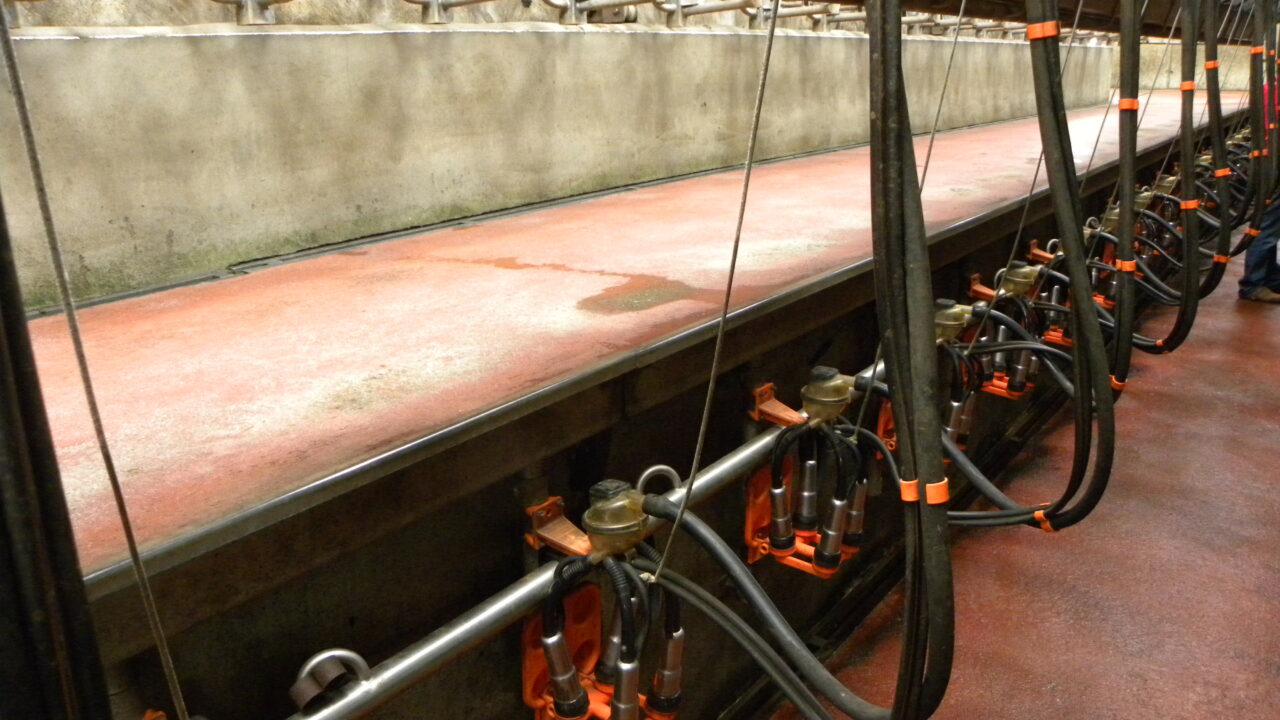The domestic milk intake by creameries and pasteurisers in the month of August was estimated at around 868 million litres, according to the Central Statistics Office (CSO).
This was 2.9% higher than the figure for the same month of 2019, which was around 843 million litres.
Looking at the period of January to August of this year, the total domestic milk intake was just over 6.2 billion litres. This is some 3.5% higher than the figure recorded for the same period of 2019 – around 6 billion litres.
Looking at the statistics in more detail, the total milk sold for human consumption (not including imported packaged milk) in August 2020 was 46.1 million litres, an increase of one million litres on the same month in 2019 (45.1 million litres).
Of that 2020 figure, 30.5 million litres was wholemilk, an increase on the August 2019 figure of 28.6 million.
Skimmed and semi-skimmed milk sales in August 2020 amounted to 15.6 million litres, a decrease of one million litres on the 16.6 million figure 12 months earlier.
The latest figure for skimmed milk powder is confidential, according to the CSO.
Nitrogen excretion figure for dairy rises
In other dairy-related news, the most accurate nitrogen excretion figure for the average dairy cow has been found to be 4kg more per year than previously measured, from 85kg to 89kg per year, according to Minister for Agriculture, Food and the Marine, Charlie McConalogue.
This follows a review of Ireland’s nitrates derogation which was undertaken in 2019, the minister said.
Minister McConalogue was responding to a parliamentary question on nitrates changes from Fine Gael TD Brendan Griffin.
In his reply, the minister said: “It is accepted that compliance of a higher standard is required from more intensive derogation farmers to ensure a greater level of environment efficiency is achieved.”
